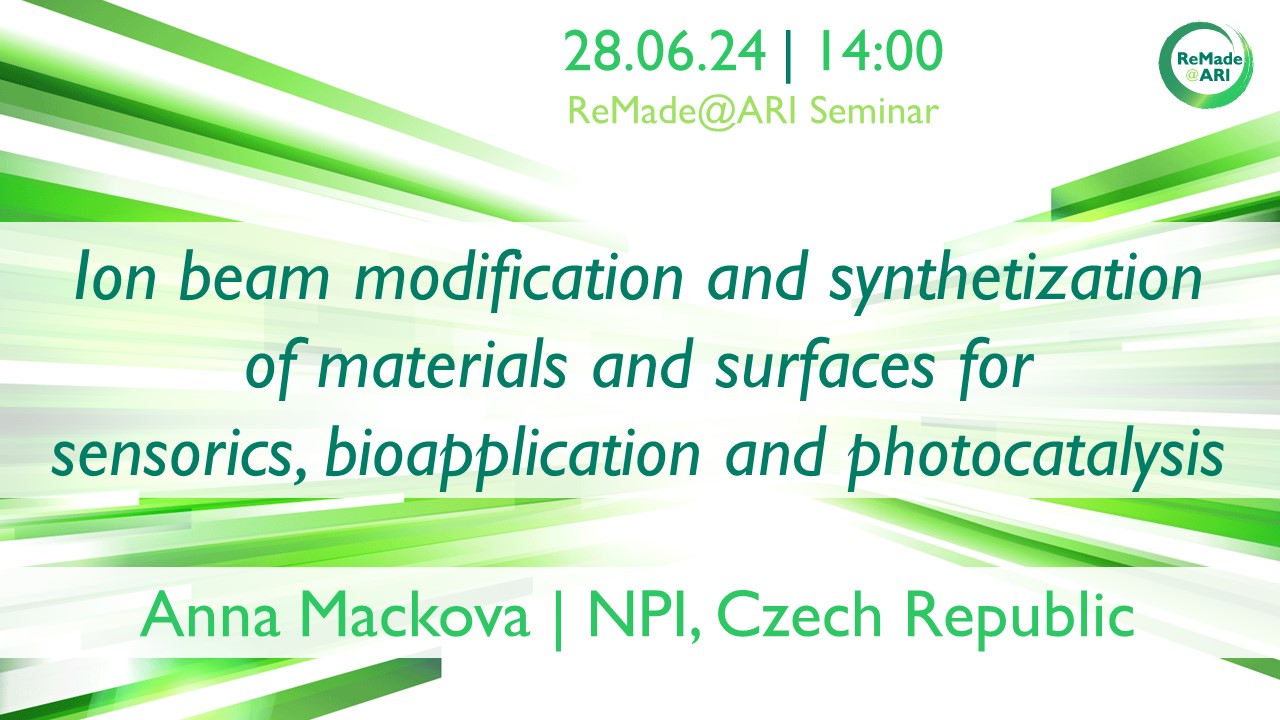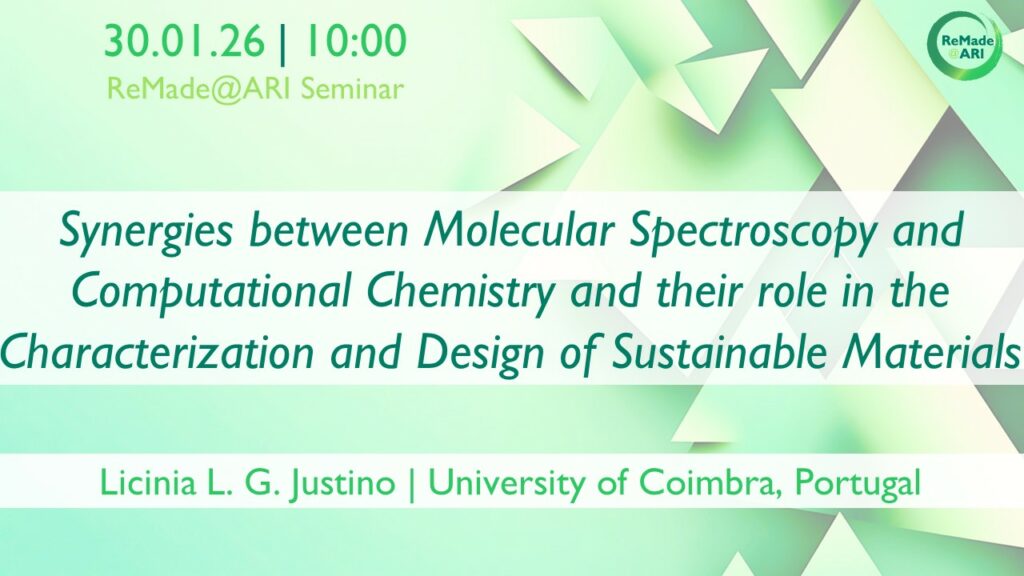
- This event has passed.
Ion beam modification and synthetization of materials and surfaces for sensorics, bioapplication and photocatalysis

Zoom webinar | Replay on Youtube
Anna Macková ,
NPI, Czech Republic
Ion beam irradiation is a strong tool for intentional defect engineering in solid matter. If the transferred ion energy exceeds a certain threshold energy, then the atom may be permanently removed from the lattice, which leads to the formation of a defect. The electronic mechanism of energy transfer is determined by the inelastic interaction of the incident ion with the lattice electrons both free and localized. Various processes facilitate this mechanism: the generation of phonons due to the electron-phonon interaction, collective electronic excitations, and local ionization. Ion beam capabilities to modify surfaces of chosen materials for specific applications will be presented.
Graphene and graphene-like materials have aroused significant interest for supercapacitors, a reliable power source with miniaturized sizes and ultrasensitive gas detectors because of their remarkably high carrier mobility, extraordinary surface area, 2D structure and cost-effective easy-to-prepare nanoscale morphologies. A feasible solution could be the fabrication of micro-capacitors and photocatalytic surfaces able to store and use energy, sense chemical molecules by ion lithography or ion beam implantation, respectively.
Research for developing renewable energy has become urgent and presently, the primary focus of such research is directed towards the photocatalytic decomposition of water to produce hydrogen as an energy source. Herein, semiconductors based on metal oxides e.g., ZnO, have demonstrated great potential as photocatalysts for different processes. ZnO nanostructures (nanowires/nanorods) are attractive materials for applications such as gas sensors, biosensors, solar cells, and photocatalysts. Hence, different approaches such as ion beam doping, nanoparticle creation will be presented to extend the optical absorbance in visible light range and modify photochemical activity.

